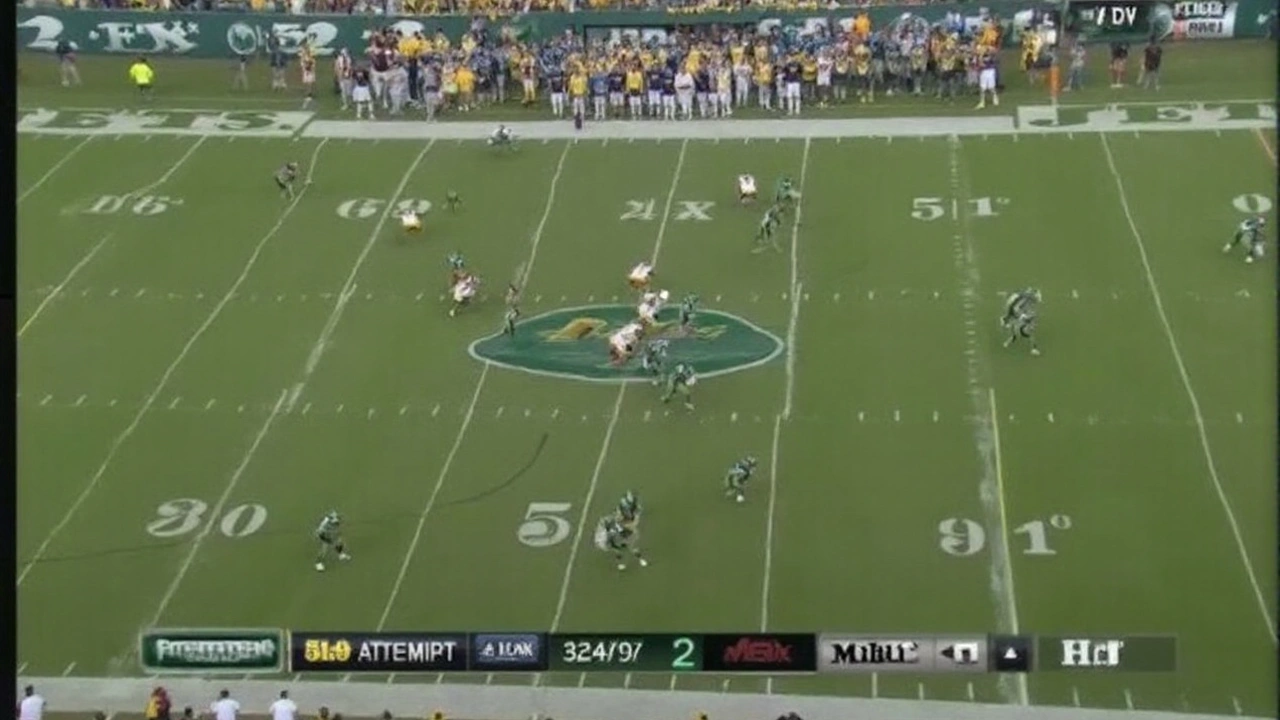A long one from distance, and a lead that didn’t last
The Jets got exactly what teams want from special teams in Week 1: a veteran kicker delivering points from a spot that most drives can’t reach. Nick Folk split the uprights from 51 yards late in the first half, pushing New York ahead 19–10 with 2:54 left before the break. The chance came on the heels of the defense’s first forced punt of the day, a sequence that flipped momentum and field position in one turn.
The make was more than window dressing. League-wide, kicks from 50-plus tend to hover around the low-60% range, so banking three from there is a high-value swing. It reinforced something the Jets leaned on all afternoon: if the drive stalls near midfield, their kicker can still cash points. Folk later connected from 35 yards and was spotless on his official tries, steadying the game when it tilted.
But this opener will be remembered for everything that happened after the ball went through, not before. The special-teams subplot that hovered over the night started on a routine point-after that wasn’t. Folk’s missed PAT never hit the stat sheet because a Steelers penalty wiped it away, handing the Jets a choice: take the sure point on a re-try, or lean into the aggression and go for two from a shorter distance. They chose the latter—and came up empty.
From there, the arithmetic never quite lined up again. New York chased that lost point the rest of the way, tried another two-point conversion in the second half, and failed again. The margins were brutal: Pittsburgh 34, Jets 32—the exact cost of those two attempts.
That’s the razor’s edge of Week 1 football. You live with the math, or you pay for it. Two-point tries generally land somewhere just under 50% league-wide in recent seasons, and the call can make sense when a defensive penalty moves the ball closer and the run game feels trustworthy. But there’s a flip side: fail once, and you alter your decision tree for the next two quarters. Fail twice, and you hand the opponent a cushion they didn’t earn on offense.
Folk’s day didn’t deserve to be buried in that tug-of-war. He was calm from distance, true from mid-range, and clean on his official PATs. Those are the kinds of kicks that keep a team in the script—especially in games where the field-position battle is even and the opponent is finishing drives. Pittsburgh kept answering, and the Jets needed every banked point to force different decisions late. They just didn’t have them.
The 51-yarder was a turning point in feel as much as in score. New York’s defense had finally forced a punt, the offense earned just enough first downs to push into long-range territory, and the veteran delivered. That three-point swing nudged the game toward halftime on Jets terms: keep the ball in front, squeeze the clock, and make Pittsburgh grind. For a stretch, it worked.
Then came the game of inches. Red-zone snaps that came up a yard short. Two-point designs that didn’t create a numbers edge. A late sequence that demanded touchdowns, not field goals. When that happens, a strong day from your kicker becomes a footnote in a one-score loss.
There’s a broader takeaway tucked inside the box score. Special teams don’t just decide games with makes and misses; penalties on tries change entire strategies. That wiped PAT set off a cascade—sideline debate, a tweak on the call sheet, and a ripple effect into the fourth quarter. In a league where one-possession games are the norm, a single procedural moment can steer the rest of the night.
For New York, there are positives that travel. The defense produced a timely stop that set up points. The offense moved the ball well enough to create multiple scoring chances. And in the kicking game, they have a steady leg from distance—a luxury not every team can claim in September. None of that softens a 34–32 final, but it matters when you’re trying to project what holds up in the weeks ahead.
For Pittsburgh, it was about responses. Every time the Jets nudged ahead or threatened to seize control, the Steelers matched or raised, and they forced New York to keep choosing between safe points and aggressive swings. That tension—conservative points versus chasing leverage—defined the second half.

The calculus behind the loss
Week 1 often spotlights decision-making as much as talent. The Jets’ staff showed confidence in short-yardage execution after the negated PAT, a call many coaches make when a penalty improves field position on the try. The math says you accept a roughly coin-flip chance at two when you think your front can move bodies and your design creates a clean read. The problem isn’t the first gamble—it’s the second, when the scoreboard starts dictating your next move.
Folk’s performance underlined why conservative points still carry weight. A reliable 3 from 50-plus compresses the field on offense and applies pressure on defense. It also changes opponent play-calling, because drives that stall at your 35 suddenly feel like losses, not stays of execution. New York had that advantage—and used it—until the game demanded conversions that don’t come with a tee and a snap.
Hidden points told the story: a negated miss that never counted, two two-point tries that did, and a final margin that matched them. On the surface, it’s a thriller decided by one possession. Inside it, it’s a sequence of micro-decisions—some forced by penalties, some chosen in real time—that turned a night highlighted by a 51-yard bomb into a teachable Week 1 gut punch.
- Key moment: Defense forces its first Steelers punt; short field leads to Folk’s 51-yarder and a 19–10 edge with 2:54 left in the half.
- Hidden swing: A Steelers penalty wipes a missed PAT; the Jets opt for two and fail, beginning the chase for points.
- Second-half hinge: Another two-point try misses, locking in a margin that Pittsburgh protects.
- Bottom line: Folk goes perfect on official field goals (35, 51) and PATs, but two failed two-point attempts define the 34–32 result.
There’s no panic in that recipe, just urgency. The Jets walked off with proof their kicker can steal points from midfield, proof their offense can move the ball against a physical front, and a burned-in reminder that early aggression has a cost when it doesn’t cash. Week 1 rarely gives teams everything they want. It did give New York clarity on what travels—and what needs to get fixed before the math starts tilting the other way.





